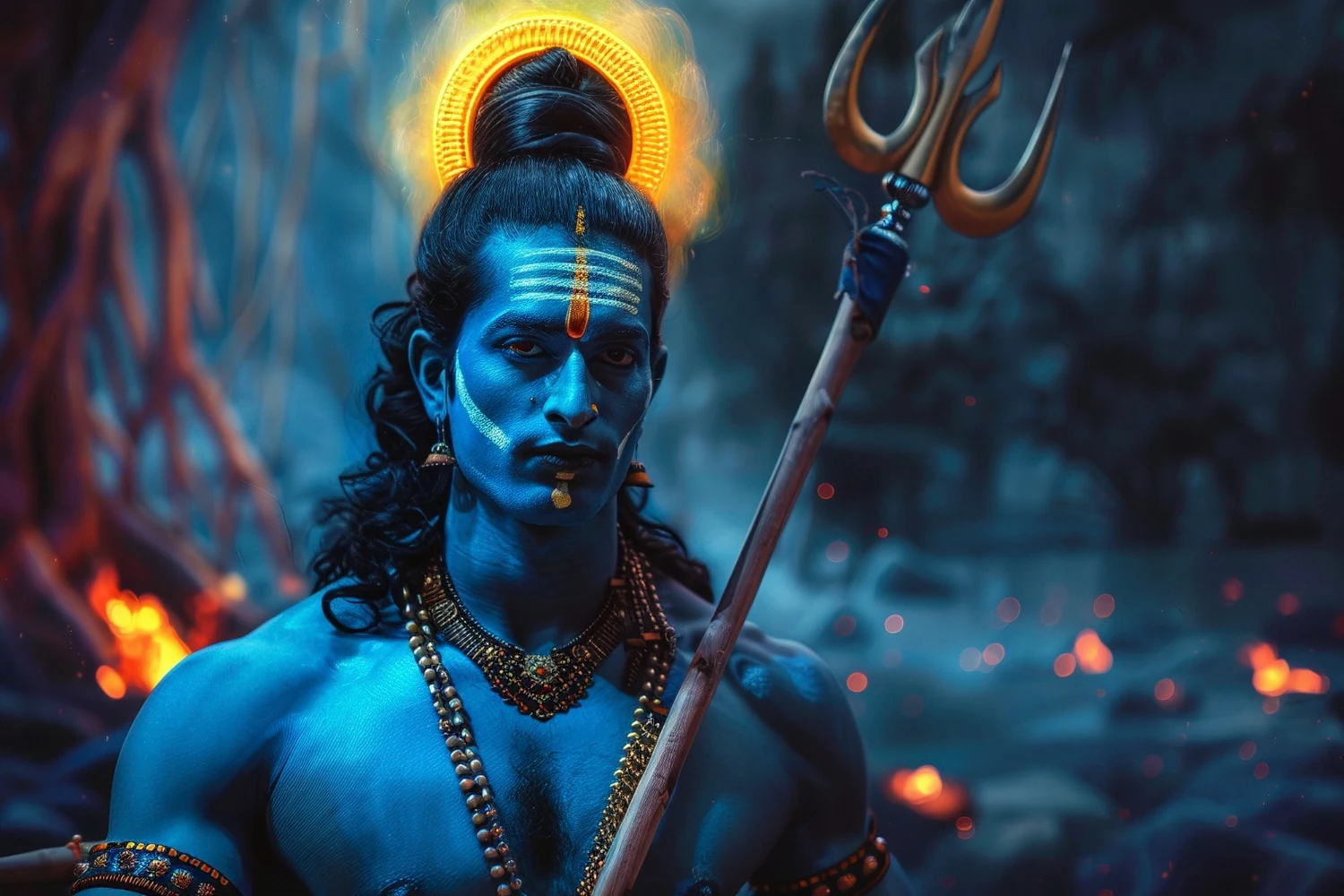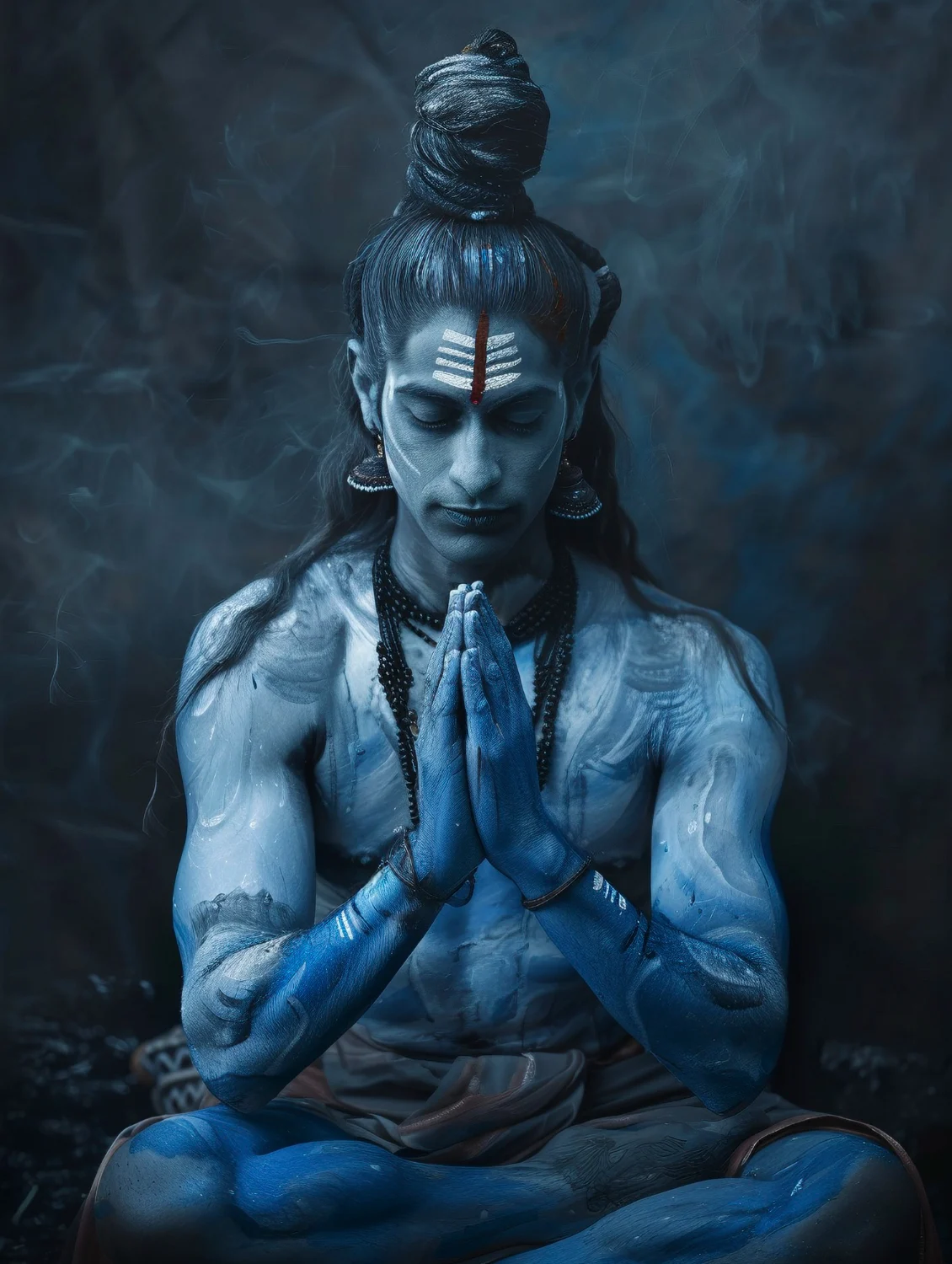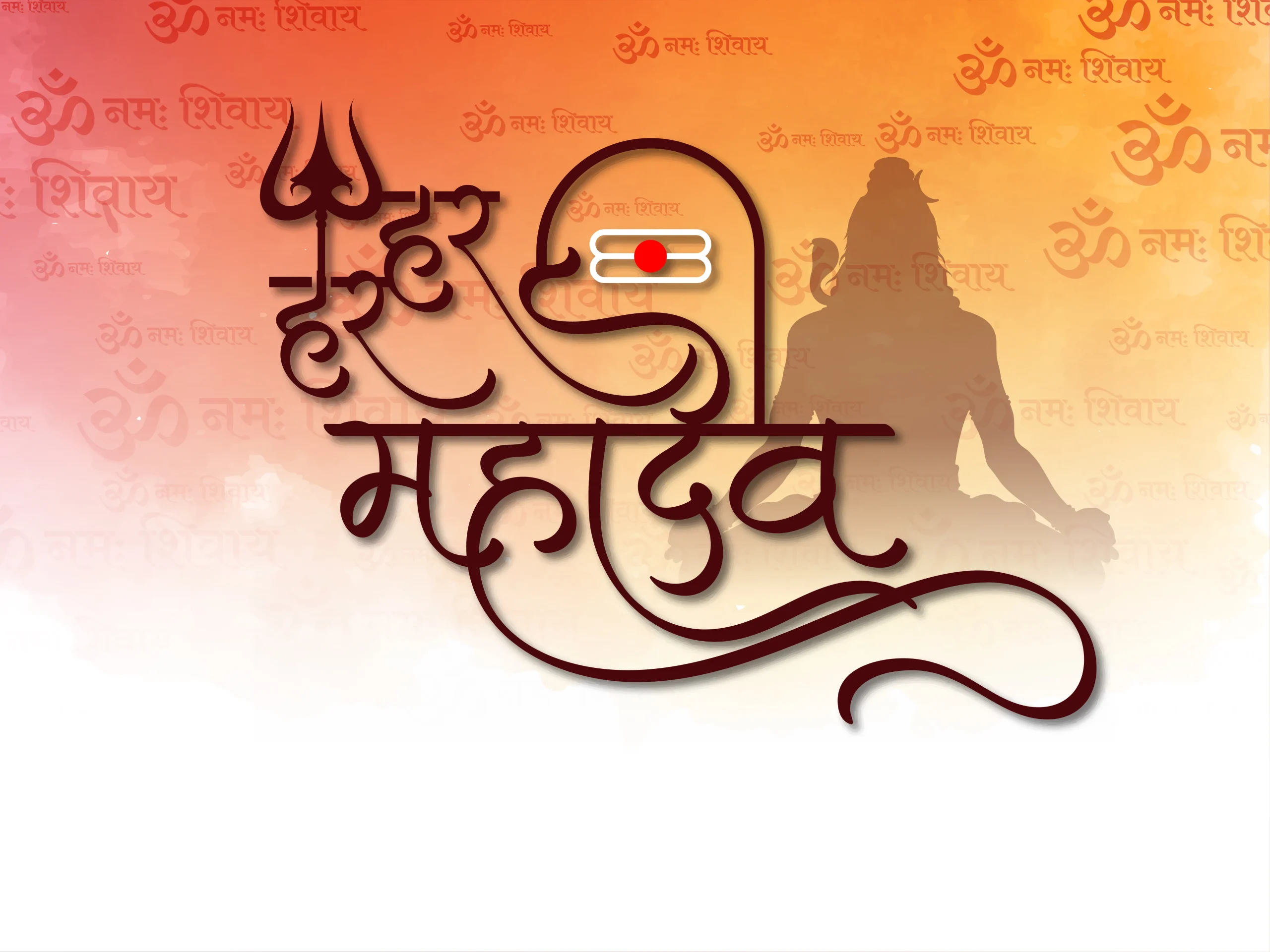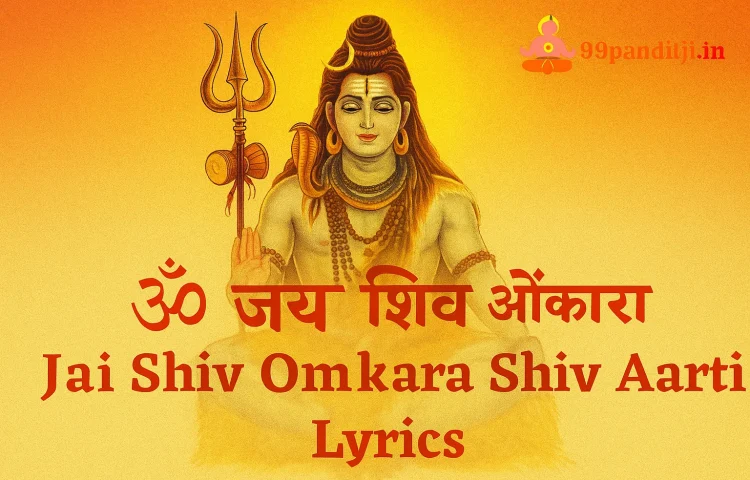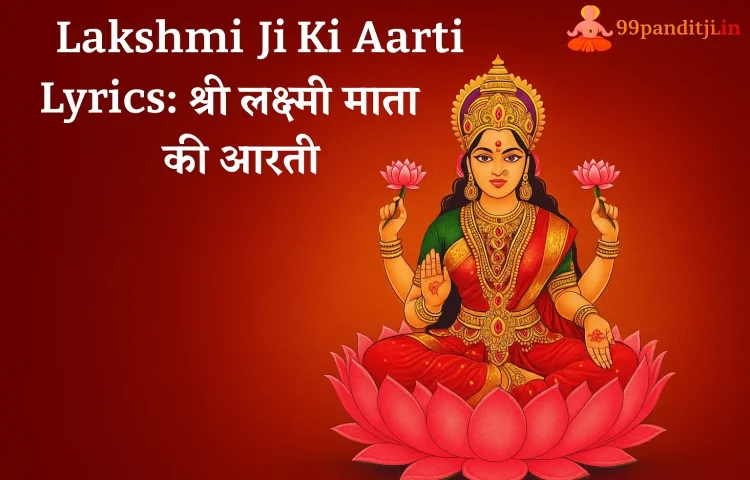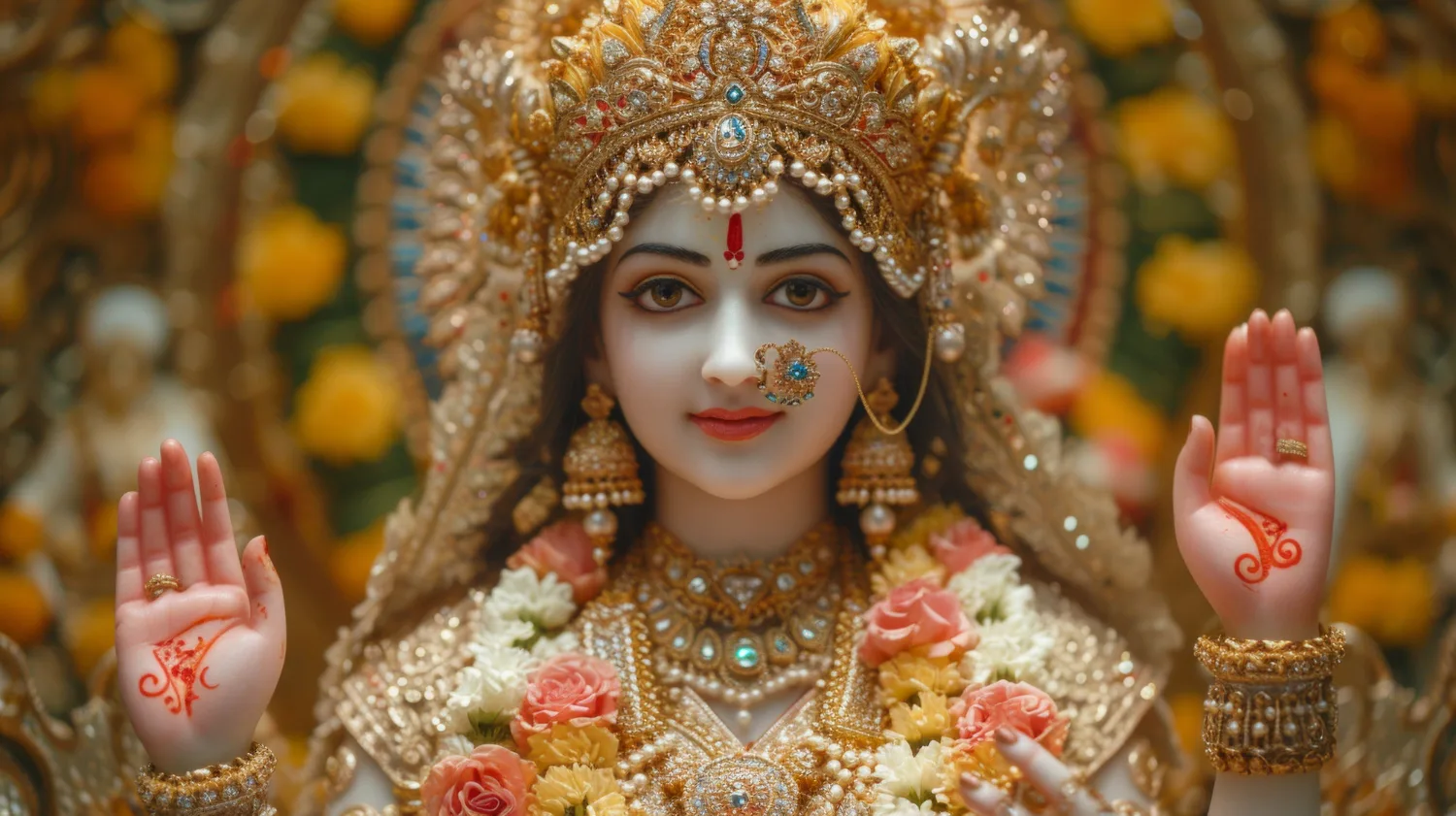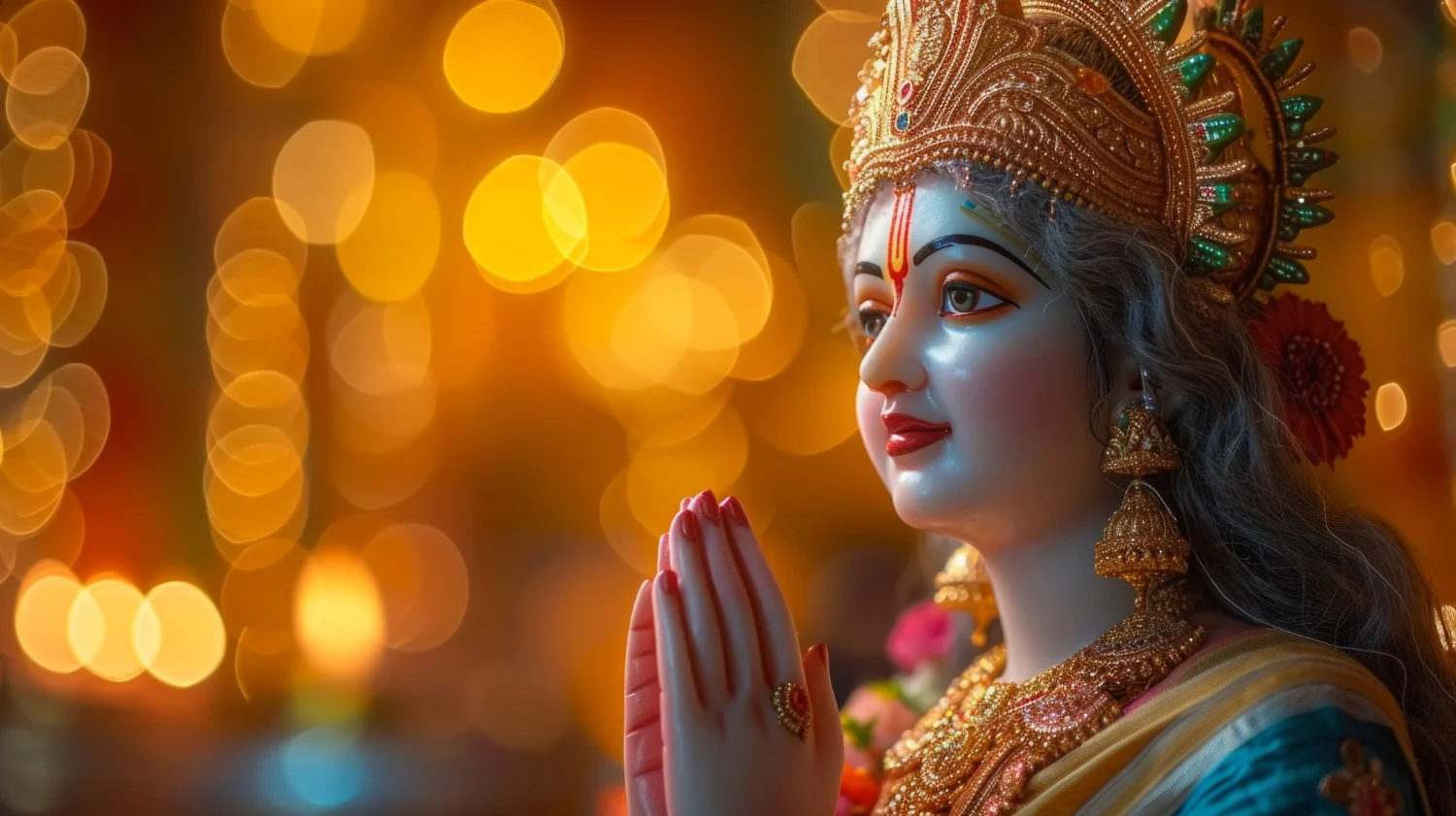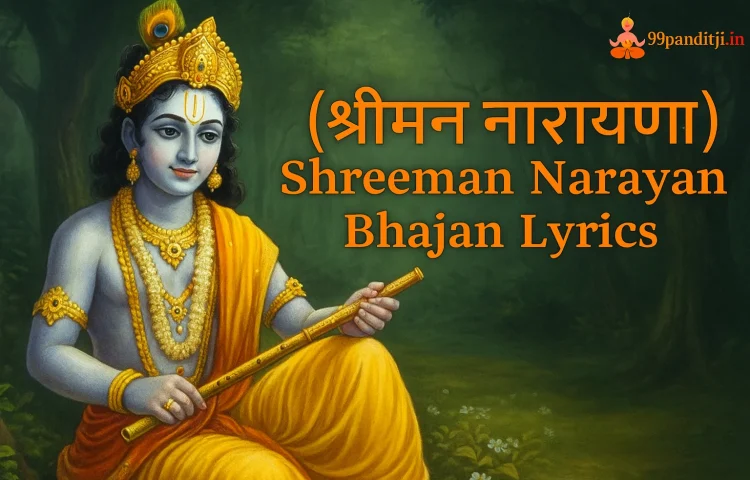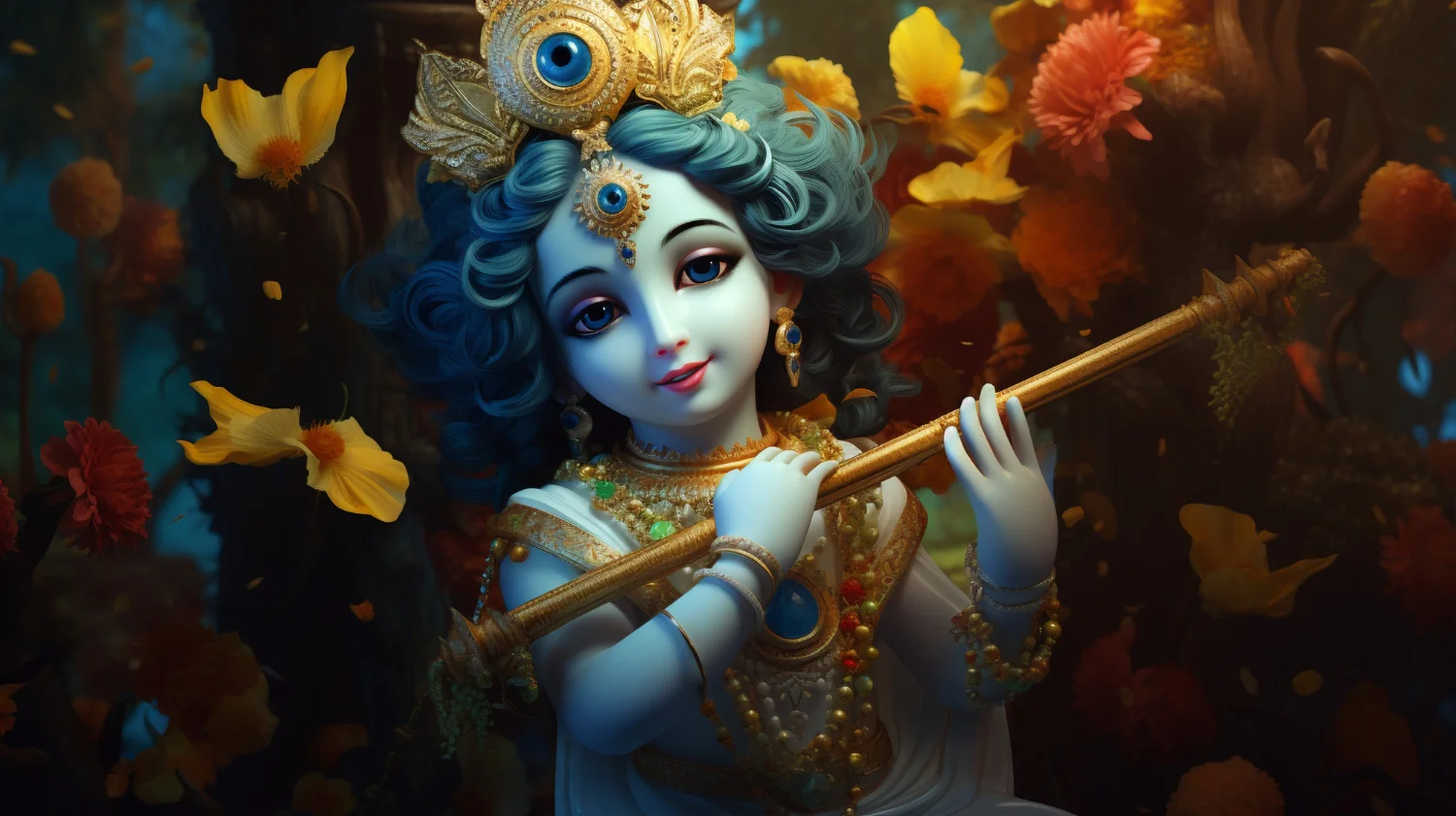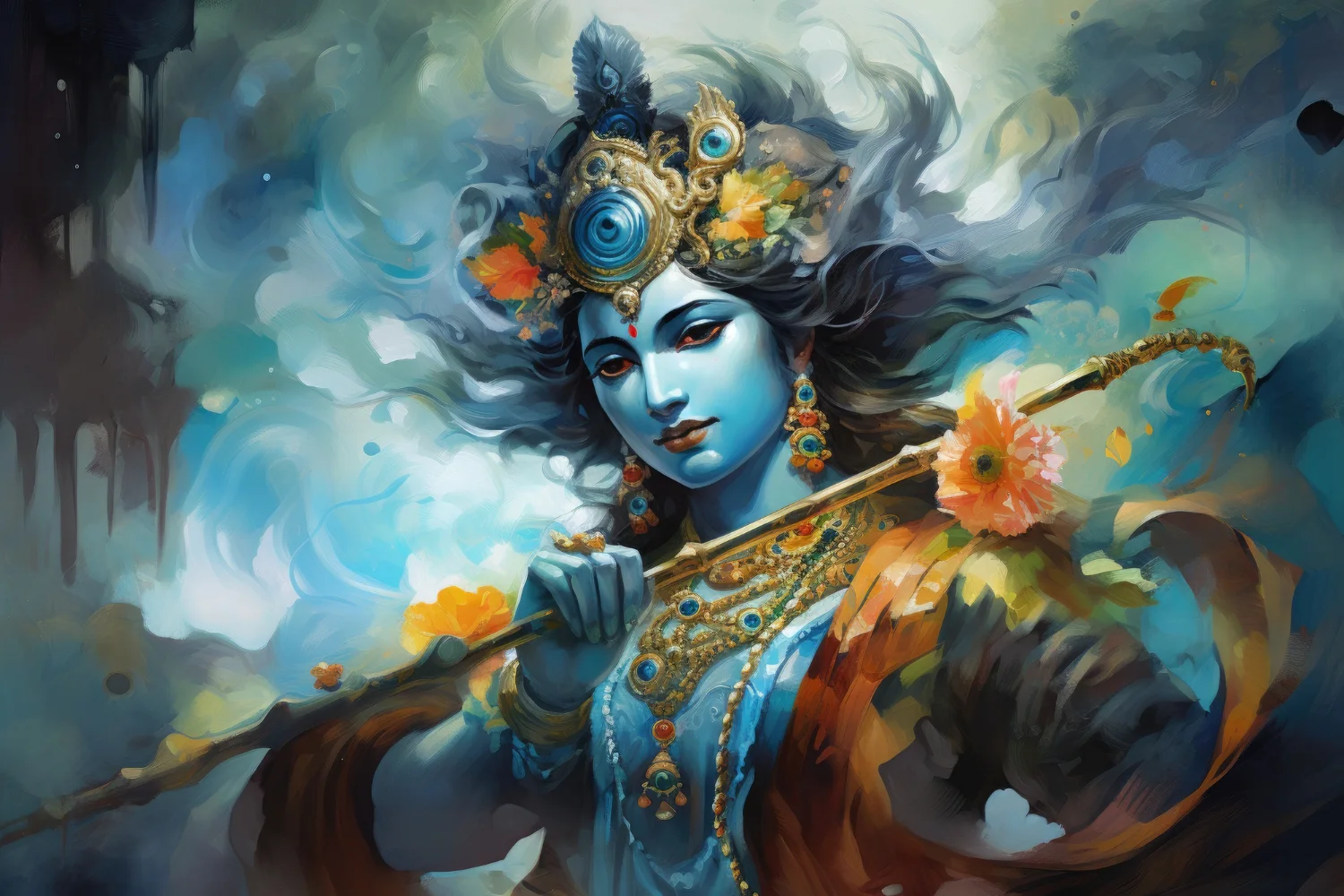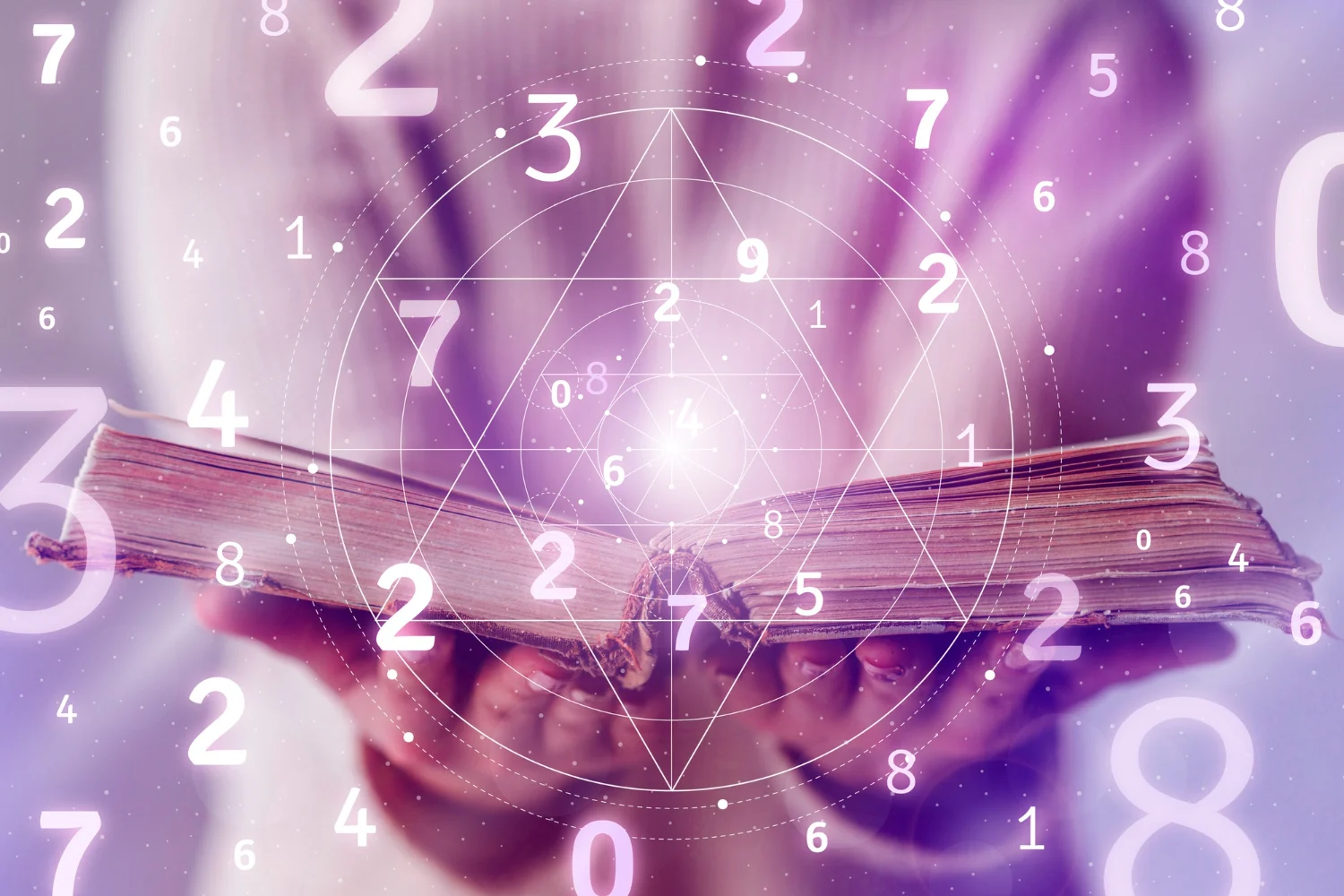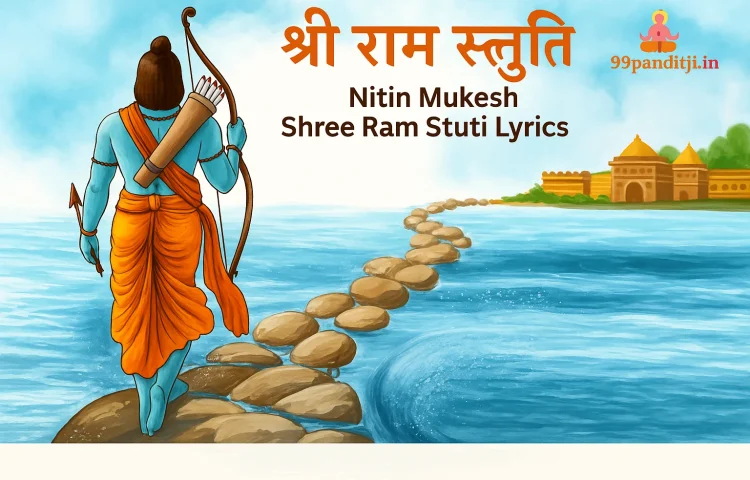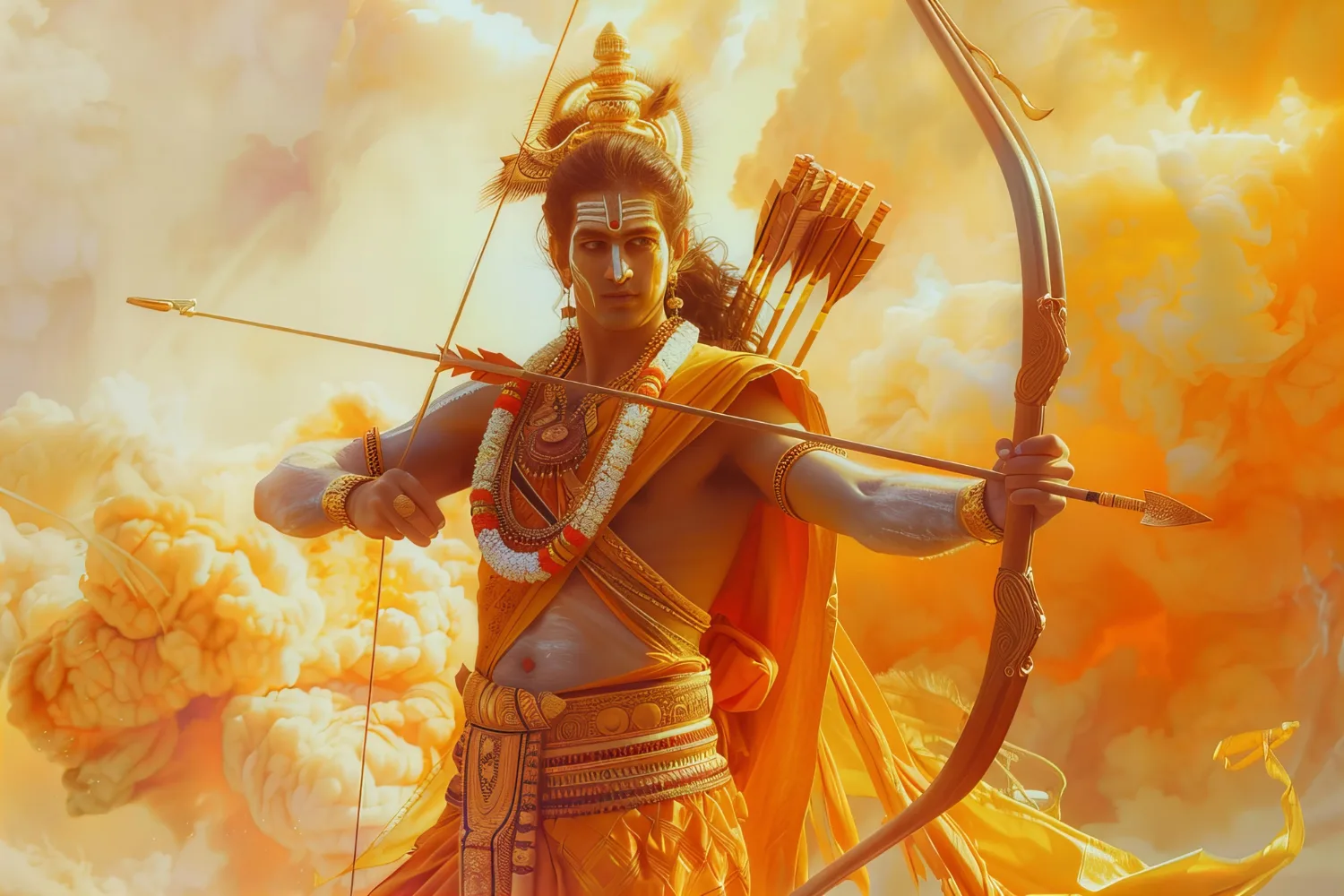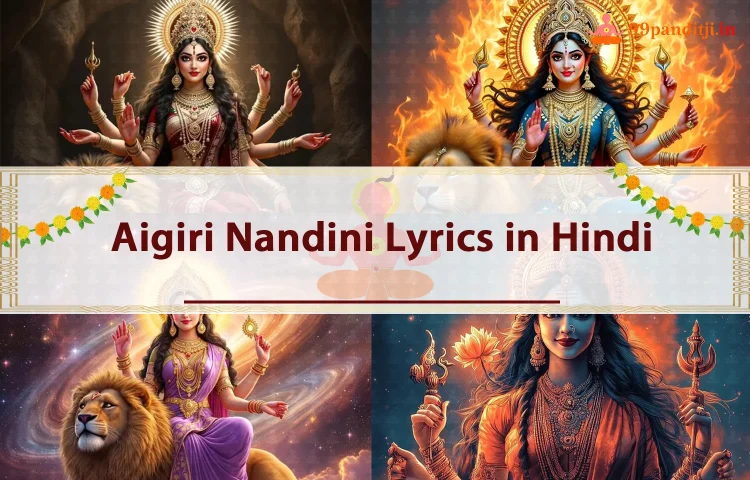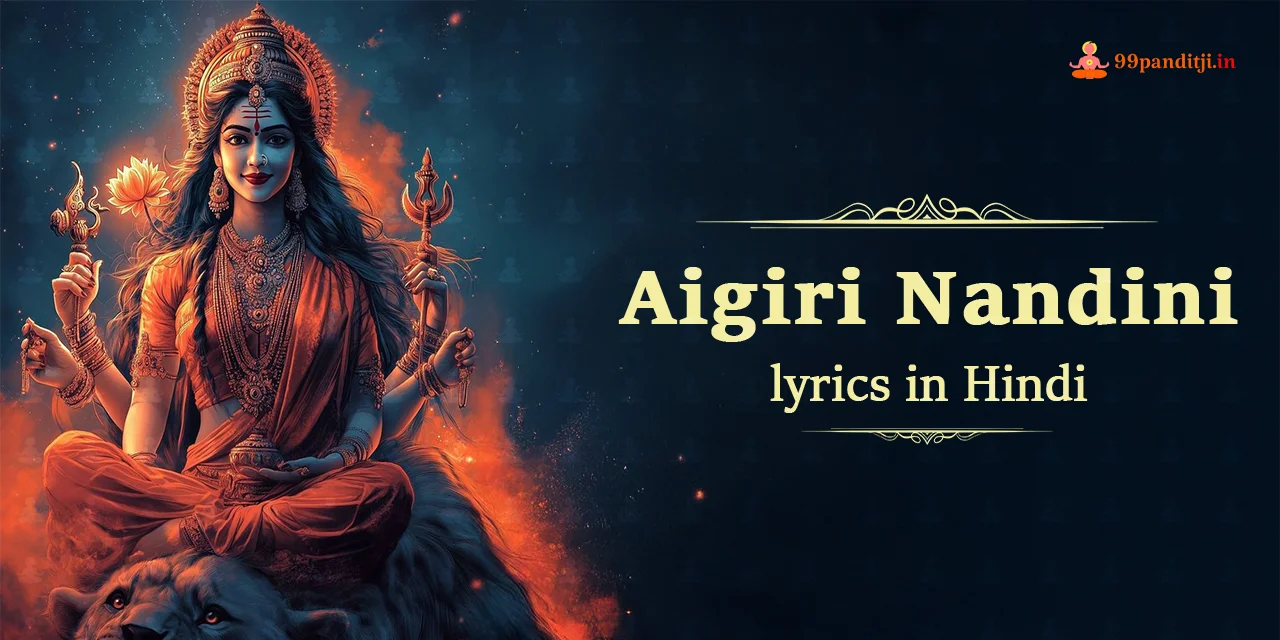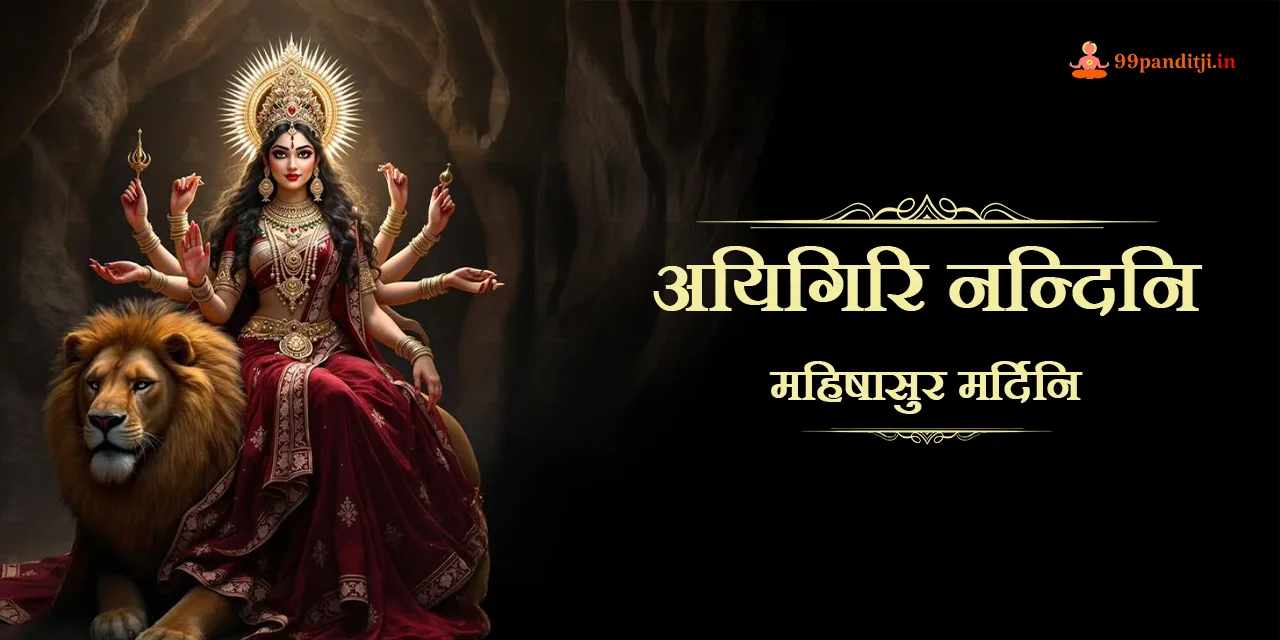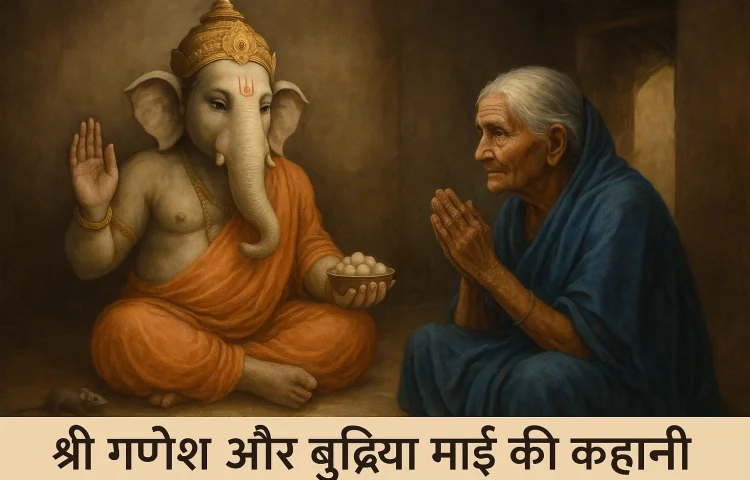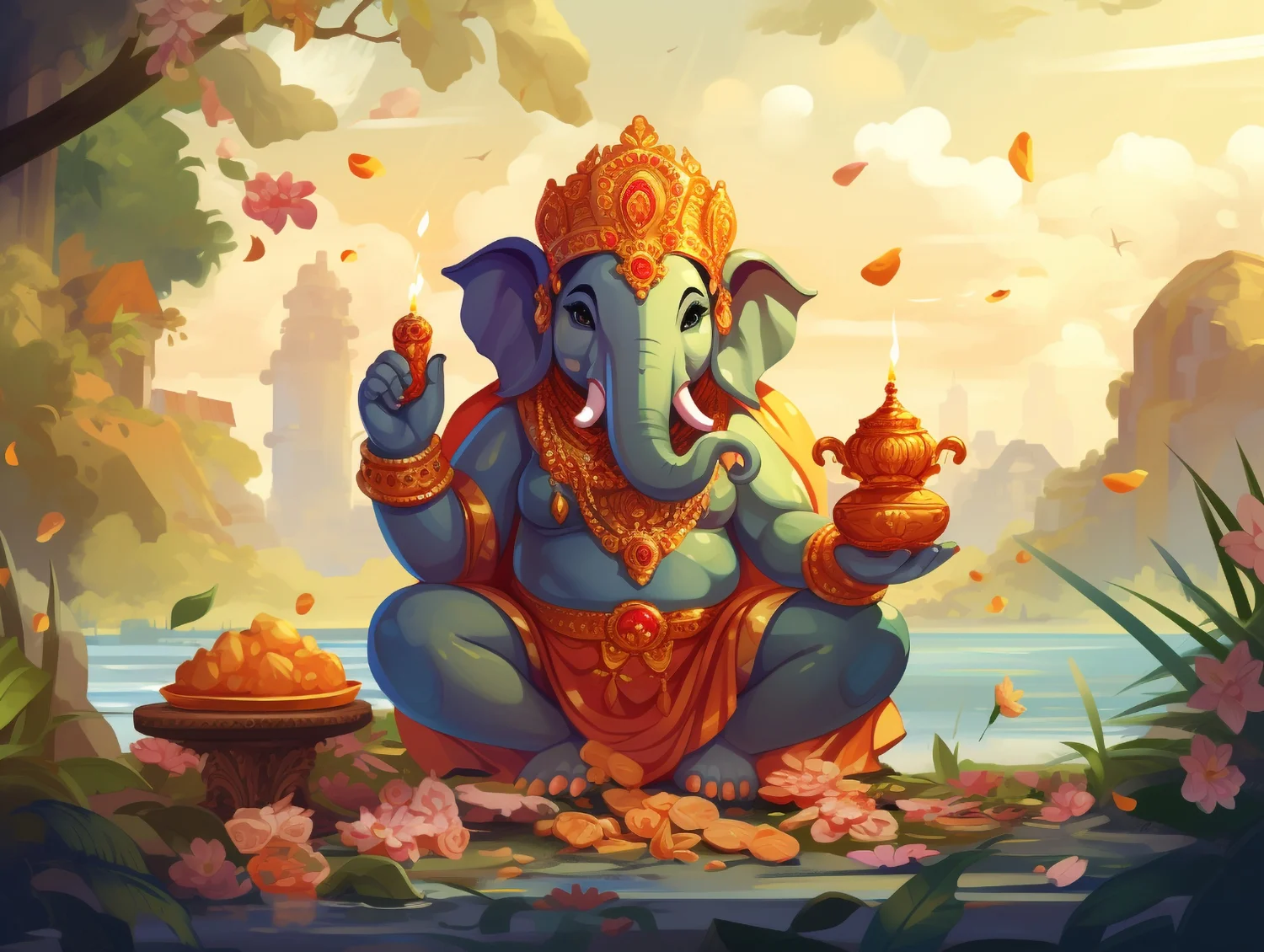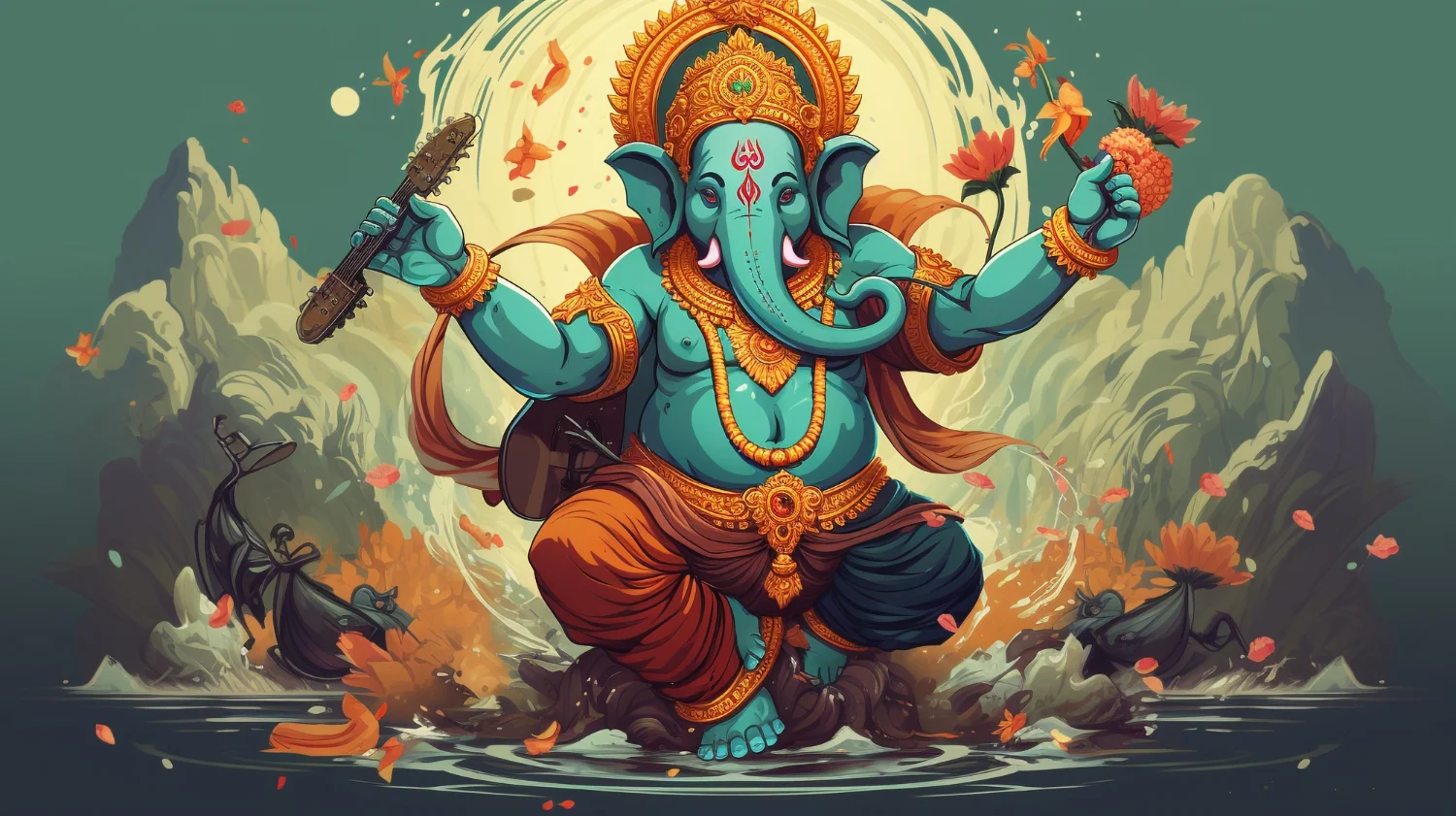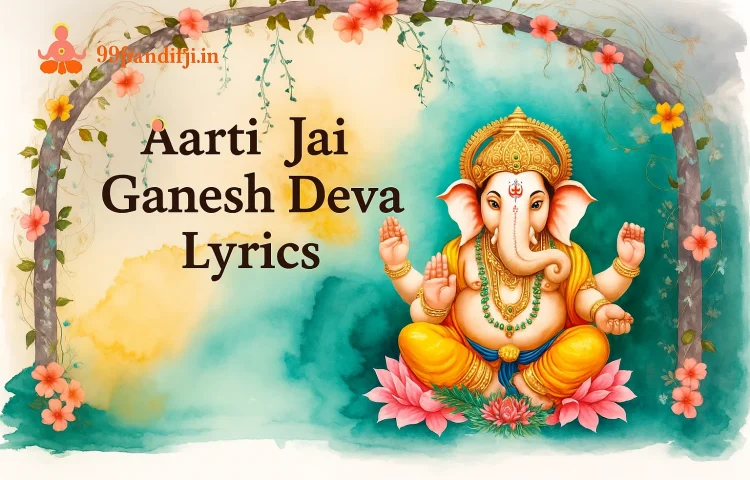अगर आप भगवान विष्णु की भक्ति में रुचि रखते हैं, तो Shreeman Narayan Lyrics आपके लिए बहुत खास है। यह आरती भक्तों के बीच बेहद लोकप्रिय है और इसे गाने से मन में शांति, सकारात्मक ऊर्जा और भक्ति का भाव आता है। भगवान विष्णु पूरे ब्रह्मांड के पालनहार और रचयिता हैं। वह अपने भक्तों की रक्षा करते हैं और उनके जीवन में सुख-समृद्धि लाते हैं।
मंदिर या घर में जब यह आरती गाई जाती है, तो माहौल पूरी तरह भक्ति और आनंद से भर जाता है। छोटे बच्चे भी इसे सुनकर और गाकर खुश होते हैं, और बड़े लोग पूरे मन से इसे गाते हैं। सरल और मधुर बोल इसे हर उम्र के लोगों के लिए आसान बनाते हैं।

Shreeman Narayan Lyrics सिर्फ शब्दों का समूहनहीं है, बल्कि यह भगवान विष्णु के प्रति श्रद्धा और भक्ति का माध्यम है। इस ब्लॉग में हम इसके हिंदी और अंग्रेजी लिरिक्स पढ़ेंगे, इसके महत्व और लाभ जानेंगे, और जानते हैं कि इसे कौन-कौन से प्रसिद्ध गायकों ने गाया है।
Shreeman Narayan Aarti Lyrics in Hindi (हिंदी)
पैराग्राफ 1
श्रीमन नारायण नारायण हरि हरि
श्रीमन नारायण नारायण हरि हरि
हो श्रीमन नारायण नारायण हरि
श्रीमन नारायण नारायण हरि हरि
तेरी लीला सबसे न्यारी न्यारी हरि हरि
तेरी लीला सबसे न्यारी न्यारी हरि हरि
हो तेरी लीला सबसे न्यारी न्यारी हरि हरि
तेरी लीला सबसे न्यारी न्यारी हरि हरि
भजमन नारायण नारायण हरि हरि
भजमन नारायण नारायण हरि हरि
जय जय नारायण नारायण हरि हरि
जय जय नारायण नारायण हरि हरि
श्रीमन नारायण नारायण हरि हरि
श्रीमन नारायण नारायण हरि हरि
हरि ओम नमो नारायणा
ओम नमो नारायणा
हरि ओम नमो नारायण
हरि ओम नमो नारायण
हरि ओम नमो नारायण
ओम नमो नारायण
हरि ओम नमो नारायण
हरि ओम नमो नारायण
पैराग्राफ 2
लक्ष्मी-नारायण नारायण हरि हरि
लक्ष्मी-नारायण नारायण हरि हरि
बोलो नारायण नारायण हरि हरि
बोलो नारायण नारायण हरि हरि
भजो नारायण नारायण हरि हरि
भाजो नारायण नारायण हरि हरि
जय जय नारायण नारायण हरि हरि
जय जय नारायण नारायण हरि हरि
श्रीमन नारायण नारायण हरि हरि
श्रीमन नारायण नारायण हरि हरि
श्रीमन नारायण नारायण हरि हरि
श्रीमन नारायण नारायण हरि हरि
तेरी लीला सबसे न्यारी न्यारी हरि हरि
तेरी लीला सबसे न्यारी न्यारी हरि हरि
हो तेरी लीला सबसे न्यारी न्यारी हरि हरि
तेरी लीला सबसे न्यारी न्यारी हरि हरि
श्रीमन नारायण नारायण हरि हरि
श्रीमन नारायण नारायण हरि हरि
श्रीमन नारायण नारायण हरि हरि
श्रीमन नारायण नारायण हरि हरि
हरि ओम नमो नारायणा
ओम नमो नारायणा
हरि ओम नमो नारायणा
हरि ओम नमो नारायणा
हरि ओम नमो नारायणा
ओम नमो नारायणा
हरि ओम नमो नारायणा
हरि ओम नमो नारायणा
पैराग्राफ 3
सत्यनारायण नारायण हरि हरि
सत्यनारायण नारायण हरि हरि
जपो नारायण नारायण हरि हरि
जपो नारायण नारायण हरि हरि
भजो नारायण नारायण हरि हरि
भजो नारायण नारायण हरि हरि
जय जय नारायण नारायण हरि हरि
जय जय नारायण नारायण हरि हरि
श्रीमन नारायण नारायण हरि हरि
श्रीमन नारायण नारायण हरि हरि
श्रीमन नारायण नारायण हरि हरि
श्रीमन नारायण नारायण हरि हरि
तेरी लीला सबसे न्यारी न्यारि हरि हरि
तेरी लीला सबसे न्यारी न्यारी हरि हरि
हो तेरी लीला सबसे न्यारी न्यारी हरि हरि
तेरी लीला सबसे न्यारी न्यारी हरि हरि
श्रीमन नारायण नारायण हरि हरि
श्रीमन नारायण नारायण हरि हरि
श्रीमन नारायण नारायण हरि हरि
श्रीमन नारायण नारायण हरि हरि
हरि ओम नमो नारायणा
ओम नमो नारायणा
हरि ओम नमो नारायणा
हरि ओम नमो नारायणा
हरि ओम नमो नारायणा
ओम नमो नारायणा
हरि ओम नमो नारायण
हरि ओम नमो नारायणा
पैराग्राफ 4
सूर्यनारायण नारायण हरि हरि
सूर्यनारायण नारायण हरि हरि
बोलो नारायण नारायण हरि हरि
बोलो नारायण नारायण हरि हरि
भजमन नारायण नारायण हरि हरि
भजमन नारायण नारायण हरि हरि
जय जय नारायण नारायण हरि हरि
जय जय नारायण नारायण हरि हरि
श्रीमन नारायण नारायण हरि हरि
श्रीमन नारायण नारायण हरि हरि
श्रीमन नारायण नारायण हरि हरि
श्रीमन नारायण नारायण हरि हरि
हो तेरी लीला सबसे न्यारी न्यारी हरि हरि
तेरी लीला सबसे न्यारी न्यारी हरि हरि
हो तेरी लीला सबसे न्यारी न्यारी हरि हरि
तेरी लीला सबसे न्यारी न्यारी हरि हरि
श्रीमन नारायण नारायण हरि हरि
श्रीमन नारायण नारायण हरि हरि
हो श्रीमन नारायण नारायण हरि हरि
श्रीमन नारायण नारायण हरि हरि
हरि ओम नमो नारायणा
ओम नमो नारायणा
हरि ओम नमो नारायणा
हरि ओम नमो नारायणा
हरि ओम नमो नारायणा
ओम नमो नारायणा
हरि ओम नमो नारायण
हरि ओम नमो नारायणा
पैराग्राफ 5
विष्णुनारायण नारायण हरि हरि
विष्णुनारायण नारायण हरि हरि
जपो नारायण नारायण हरि हरि
जपो नारायण नारायण हरि हरि
भजो नारायण नारायण हरि हरि
भजो नारायण नारायण हरि हरि
जय जय नारायण नारायण हरि हरि
जय जय नारायण नारायण हरि हरि
हो श्रीमन नारायण नारायण हरि हरि
श्रीमन नारायण नारायण हरि हरि
हो श्रीमन नारायण नारायण हरि हरि
श्रीमन नारायण नारायण हरि हरि
हो तेरी लीला सबसे न्यारी न्यारी हरि हरि
तेरी लीला सबसे न्यारी न्यारी हरि हरि
हो तेरी लीला सबसे न्यारी न्यारी हरि हरि
तेरी लीला सबसे न्यारी न्यारी हरि हरि
श्रीमन नारायण नारायण हरि हरि
श्रीमन नारायण नारायण हरि हरि
हो श्रीमन नारायण नारायण हरि हरि
श्रीमन नारायण नारायण हरि हरि
हरि ओम नमो नारायणा
ओम नमो नारायणा
हरि ओम नमो नारायणा
हरि ओम नमो नारायणा
हरि ओम नमो नारायणा
ओम नमो नारायणा
हरि ओम नमो नारायण
हरि ओम नमो नारायणा
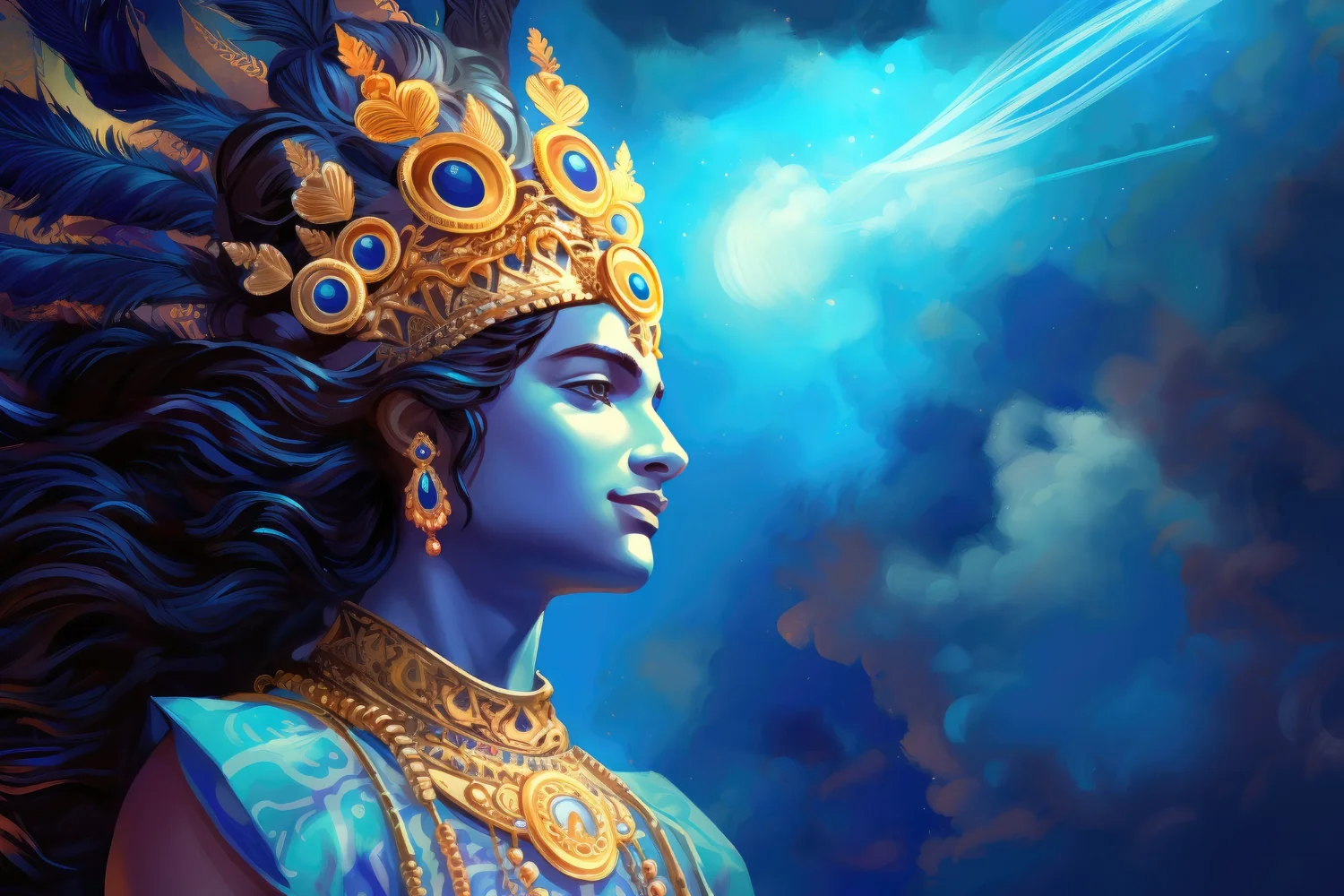
पैराग्राफ 6
बद्रीनारायण नारायण हरि हरि
बद्रीनारायण नारायण हरि हरि
बोलो नारायण नारायण हरि हरि
बोलो नारायण नारायण हरि हरि
भजमन नारायण नारायण हरि हरि
भजमन नारायण नारायण हरि हरि
जय जय नारायण नारायण हरि हरि
जय जय नारायण नारायण हरि हरि
श्रीमन नारायण नारायण हरि हरि
श्रीमन नारायण नारायण हरि हरि
श्रीमन नारायण नारायण हरि हरि
श्रीमन नारायण नारायण हरि हरि
हो तेरी लीला सबसे न्यारी न्यारी हरि हरि
तेरी लीला सबसे न्यारी न्यारी हरि हरि
हो तेरी लीला सबसे न्यारी न्यारी हरि हरि
तेरी लीला सबसे न्यारी न्यारी हरि हरि
श्रीमन नारायण नारायण हरि हरि
श्रीमन नारायण नारायण हरि हरि
हो श्रीमन नारायण नारायण हरि हरि
श्रीमन नारायण नारायण हरि हरि
हरि ओम नमो नारायणा
ओम नमो नारायणा
हरि ओम नमो नारायणा
हरि ओम नमो नारायणा
हरि ओम नमो नारायणा
ओम नमो नारायणा
हरि ओम नमो नारायण
हरि ओम नमो नारायणा
पैराग्राफ 7
ब्रह्मनारायण नारायण हरि हरि
ब्रह्मनारायण नारायण हरि हरि
जपो नारायण नारायण हरि हरि
जपो नारायण नारायण हरि हरि
भजो नारायण नारायण हरि हरि
भजो नारायण नारायण हरि हरि
जय जय नारायण नारायण हरि हरि
जय जय नारायण नारायण हरि हरि
श्रीमन नारायण नारायण हरि हरि
श्रीमन नारायण नारायण हरि हरि
श्रीमन नारायण नारायण हरि हरि
श्रीमन नारायण नारायण हरि हरि
हो तेरी लीला सबसे न्यारि न्यारि हरि हरि
तेरी लीला सबसे न्यारी न्यारी हरि हरि
हो तेरी लीला सबसे न्यारी न्यारी हरि हरि
तेरी लीला सबसे न्यारी न्यारी हरि हरि
श्रीमन नारायण नारायण हरि हरि
श्रीमन नारायण नारायण हरि हरि
हो श्रीमन नारायण नारायण हरि हरि
श्रीमन नारायण नारायण हरि हरि
हरि ओम नमो नारायणा
ओम नमो नारायणा
हरि ओम नमो नारायणा
हरि ओम नमो नारायणा
हरि ओम नमो नारायणा
ओम नमो नारायणा
हरि ओम नमो नारायण
हरि ओम नमो नारायणा
पैराग्राफ 8
चन्द्रनारायण नारायण हरि हरि
चन्द्रनारायण नारायण हरि हरि
बोलो नारायण नारायण हरि हरि
बोलो नारायण नारायण हरि हरि
भजो नारायण नारायण हरि हरि
भजो नारायण नारायण हरि हरि
जय जय नारायण नारायण हरि हरि
जय जय नारायण नारायण हरि हरि
श्रीमन नारायण नारायण हरि हरि
श्रीमन नारायण नारायण हरि हरि
श्रीमन नारायण नारायण हरि हरि
श्रीमन नारायण नारायण हरि हरि
हो तेरी लीला सबसे न्यारि न्यारि हरि हरि
तेरी लीला सबसे न्यारी न्यारी हरि हरि
हो तेरी लीला सबसे न्यारी न्यारी हरि हरि
तेरी लीला सबसे न्यारी न्यारी हरि हरि
श्रीमन नारायण नारायण हरि हरि
श्रीमन नारायण नारायण हरि हरि
हो श्रीमन नारायण नारायण हरि हरि
श्रीमन नारायण नारायण हरि हरि
ॐ नमो नारायणा ॐ नमो नारायणा
ॐ नमो नारायणा ॐ नमो नारायणा
श्रीमन नारायण नारायण हरि हरि
श्रीमन नारायण नारायण हरि हरि
हो श्रीमन नारायण नारायण हरि हरि
श्रीमन नारायण नारायण हरि हरि
हो तेरी लीला सबसे न्यारी न्यारी हरि हरि
तेरी लीला सबसे न्यारी न्यारी हरि हरि
हो तेरी लीला सबसे न्यारी न्यारी हरि हरि
तेरी लीला सबसे न्यारी न्यारी हरि हरि
हो श्रीमन नारायण नारायण हरि हरि
श्रीमन नारायण नारायण हरि हरि
श्रीमन नारायण नारायण हरि हरि
श्रीमन नारायण नारायण हरि हरि
पैराग्राफ 9
भक्तों के प्यारे हरि हरि
भक्तों के प्यारे हरि हरि
आधार हमारे हरि हरि
आधार हमारे हरि हरि
तन मन में आधार हो हरि हरि हरि हरि
तन मन में आधार हो हरि हरि हरि हरि
हो कण कण में आधार हो हरि हरि हरि हरि
कण कण में आधार हो हरि हरि हरि हरि
श्रीमन नारायण नारायण हरि हरि
श्रीमन नारायण नारायण हरि हरि
श्रीमन नारायण नारायण हरि हरि
श्रीमन नारायण नारायण हरि हरि
हो भजो नारायण नारायण हर
भजो नारायण नारायण हरि हरि
ॐ नमो नारायणा ॐ नमो नारायणा
ॐ नमो नारायणा ॐ नमो नारायणा
ओम नमो नारायणा
पैराग्राफ 10
गुरुनारायण नारायण हरि हरि
गुरुनारायण नारायण हरि हरि
जय जय नारायण नारायण हरि हरि
जय जय नारायण नारायण हरि हरि
हो तेरी छवि है सुंदर न्यारी न्यारी हरि हरि
तेरी छवि है सुन्दर न्यारी न्यारी हरि हरि
हो तेरी छवि है सुंदर न्यारी न्यारी हरि हरि
तेरी छवि है सुन्दर न्यारी न्यारी हरि हरि
हो श्रीमन नारायण नारायण हरि हरि
श्रीमन नारायण नारायण हरि हरि
हो श्रीमन नारायण नारायण हरि हरि
श्रीमन नारायण नारायण हरि हरि
जपो नारायण नारायण हरि हरि
जपो नारायण नारायण हरि हरि
पैराग्राफ 11
पृथ्वीनारायण नारायण हरि हरि
पृथ्वीनारायण नारायण हरि हरि
जय जय नारायण नारायण हरि हरि
जय जय नारायण नारायण हरि हरि
हम आये शरण में तिहारी हरि हरि हरि
हम आऐ शरण में तिहारी हरि हरि हरि
हम आऐ शरण में तिहारी हरि हरि हरि
हम आऐ शरण में तिहारी हरि हरि हरि
श्रीमन नारायण नारायण हरि हरि
श्रीमन नारायण नारायण हरि हरि
हो श्रीमन नारायण नारायण हरि हरि
श्रीमन नारायण नारायण हरि हरि
बोलो नारायण नारायण हरि हरि
बोलो नारायण नारायण हरि हरि
ओम नमो नारायणा
ओम नमो नारायणा
ओम नमो नारायणा
ओम नमो नारायणा
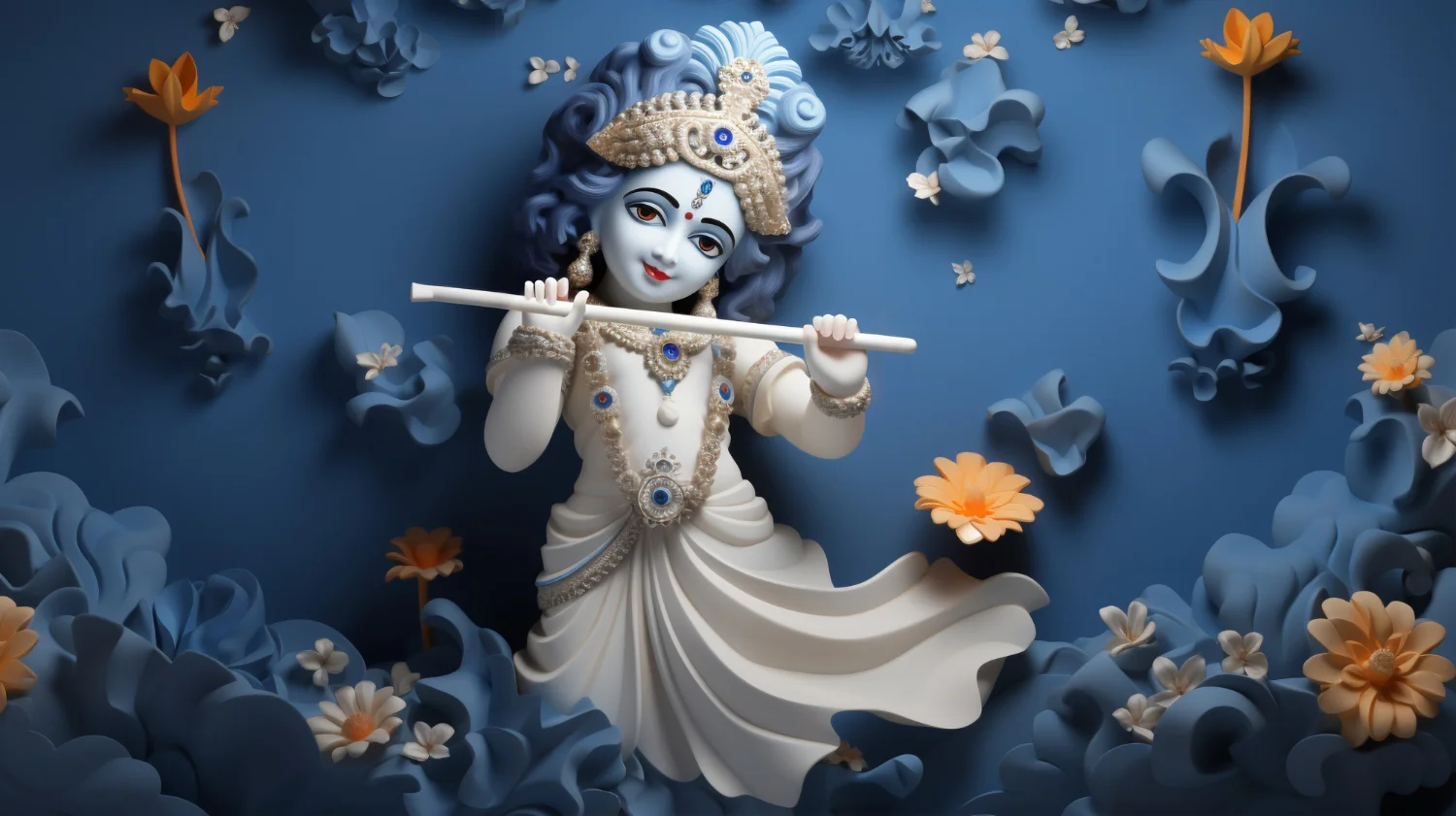
Shreeman Narayan Lyrics in English (अंग्रेज़ी)
PARAGRAPH 1
SHREEMAN NARAYAN NARAYAN HARI HARI
SHREEMAN NARAYAN NARAYAN HARI HARI
HO SHREEMAN NARAYAN NARAYAN HARI
SHREEMAN NARAYAN NARAYAN HARI HARI
TERI LEELA SABSE NYAARI NYAARI HARI HARI
TERI LEELA SABSE NYAARI NYAARI HARI HARI
HO TERI LEELA SABSE NYAARI NYAARI HARI HARI
TERI LEELA SABSE NYAARI NYAARI HARI HARI
BHAJMAN NARAYAN NARAYAN HARI HARI
BHAJMAN NARAYAN NARAYAN HARI HARI
JAI JAI NARAYAN NARAYAN HARI HARI
JAI JAI NARAYAN NARAYAN HARI HARI
SHREEMAN NARAYAN NARAYAN HARI HARI
SHREEMAN NARAYAN NARAYAN HARI HARI
HARI OM NAMO NARAYANAA
OM NAMO NARAYANAA
HARI OM NAMO NARAYANA
HARI OM NAMO NARAYANA
HARI OM NAMO NARAYANA
OM NAMO NARAYANA
HARI OM NAMO NARAYANA
HARI OM NAMO NARAYANA
PARAGRAPH 2
LAKSHMI-NARAYAN NARAYAN HARI HARI
LAKSHMI-NARAYAN NARAYAN HARI HARI
BOLO NARAYAN NARAYAN HARI HARI
BOLO NARAYAN NARAYAN HARI HARI
BHAJO NARAYAN NARAYAN HARI HARI
BHAJO NARAYAN NARAYAN HARI HARI
JAI JAI NARAYAN NARAYAN HARI HARI
JAI JAI NARAYAN NARAYAN HARI HARI
SHREEMAN NARAYAN NARAYAN HARI HARI
SHREEMAN NARAYAN NARAYAN HARI HARI
SHREEMAN NARAYAN NARAYAN HARI HARI
SHREEMAN NARAYAN NARAYAN HARI HARI
TERI LEELA SABSE NYAARI NYAARI HARI HARI
TERI LEELA SABSE NYAARI NYAARI HARI HARI
HO TERI LEELA SABSE NYAARI NYAARI HARI HARI
TERI LEELA SABSE NYAARI NYAARI HARI HARI
SHREEMAN NARAYAN NARAYAN HARI HARI
SHREEMAN NARAYAN NARAYAN HARI HARI
SHREEMAN NARAYAN NARAYAN HARI HARI
SHREEMAN NARAYAN NARAYAN HARI HARI
HARI OM NAMO NARAYANAA
OM NAMO NARAYANAA
HARI OM NAMO NARAYANAA
HARI OM NAMO NARAYANAA
HARI OM NAMO NARAYANAA
OM NAMO NARAYANAA
HARI OM NAMO NARAYANAA
HARI OM NAMO NARAYANAA
PARAGRAPH 3
SATYANARAYAN NARAYAN HARI HARI
SATYANARAYAN NARAYAN HARI HARI
JAPO NARAYAN NARAYAN HARI HARI
JAPO NARAYAN NARAYAN HARI HARI
BHAJO NARAYAN NARAYAN HARI HARI
BHAJO NARAYAN NARAYAN HARI HARI
JAI JAI NARAYAN NARAYAN HARI HARI
JAI JAI NARAYAN NARAYAN HARI HARI
SHREEMAN NARAYAN NARAYAN HARI HARI
SHREEMAN NARAYAN NARAYAN HARI HARI
SHREEMAN NARAYAN NARAYAN HARI HARI
SHREEMAN NARAYAN NARAYAN HARI HARI
TERI LEELA SABSE NYAARI NYAARI HARI HARI
TERI LEELA SABSE NYAARI NYAARI HARI HARI
HO TERI LEELA SABSE NYAARI NYAARI HARI HARI
TERI LEELA SABSE NYAARI NYAARI HARI HARI
SHREEMAN NARAYAN NARAYAN HARI HARI
SHREEMAN NARAYAN NARAYAN HARI HARI
SHREEMAN NARAYAN NARAYAN HARI HARI
SHREEMAN NARAYAN NARAYAN HARI HARI
HARI OM NAMO NARAYANAA
OM NAMO NARAYANAA
HARI OM NAMO NARAYANAA
HARI OM NAMO NARAYANAA
HARI OM NAMO NARAYANAA
OM NAMO NARAYANAA
HARI OM NAMO NARAYANAA
HARI OM NAMO NARAYANAA
PARAGRAPH 4
SURYANARAYAN NARAYAN HARI HARI
SURYANARAYAN NARAYAN HARI HARI
BOLO NARAYAN NARAYAN HARI HARI
BOLO NARAYAN NARAYAN HARI HARI
BHAJMAN NARAYAN NARAYAN HARI HARI
BHAJMAN NARAYAN NARAYAN HARI HARI
JAI JAI NARAYAN NARAYAN HARI HARI
JAI JAI NARAYAN NARAYAN HARI HARI
SHREEMAN NARAYAN NARAYAN HARI HARI
SHREEMAN NARAYAN NARAYAN HARI HARI
SHREEMAN NARAYAN NARAYAN HARI HARI
SHREEMAN NARAYAN NARAYAN HARI HARI
O TERI LEELA SABSE NYAARI NYAARI HARI HARI
TERI LEELA SABSE NYAARI NYAARI HARI HARI
O TERI LEELA SABSE NYAARI NYAARI HARI HARI
TERI LEELA SABSE NYAARI NYAARI HARI HARI
SHREEMAN NARAYAN NARAYAN HARI HARI
SHREEMAN NARAYAN NARAYAN HARI HARI
O SHREEMAN NARAYAN NARAYAN HARI HARI
SHREEMAN NARAYAN NARAYAN HARI HARI
HARI OM NAMO NARAYANAA
OM NAMO NARAYANAA
HARI OM NAMO NARAYANAA
HARI OM NAMO NARAYANAA
HARI OM NAMO NARAYANAA
OM NAMO NARAYANAA
HARI OM NAMO NARAYANAA
HARI OM NAMO NARAYANAA
PARAGRAPH 5
VISHNUNARAYAN NARAYAN HARI HARI
VISHNUNARAYAN NARAYAN HARI HARI
JAPO NARAYAN NARAYAN HARI HARI
JAPO NARAYAN NARAYAN HARI HARI
BHAJO NARAYAN NARAYAN HARI HARI
BHAJO NARAYAN NARAYAN HARI HARI
JAI JAI NARAYAN NARAYAN HARI HARI
JAI JAI NARAYAN NARAYAN HARI HARI
O SHREEMAN NARAYAN NARAYAN HARI HARI
SHREEMAN NARAYAN NARAYAN HARI HARI
O SHREEMAN NARAYAN NARAYAN HARI HARI
SHREEMAN NARAYAN NARAYAN HARI HARI
O TERI LEELA SABSE NYAARI NYAARI HARI HARI
TERI LEELA SABSE NYAARI NYAARI HARI HARI
O TERI LEELA SABSE NYAARI NYAARI HARI HARI
TERI LEELA SABSE NYAARI NYAARI HARI HARI
SHREEMAN NARAYAN NARAYAN HARI HARI
SHREEMAN NARAYAN NARAYAN HARI HARI
O SHREEMAN NARAYAN NARAYAN HARI HARI
SHREEMAN NARAYAN NARAYAN HARI HARI
HARI OM NAMO NARAYANAA
OM NAMO NARAYANAA
HARI OM NAMO NARAYANAA
HARI OM NAMO NARAYANAA
HARI OM NAMO NARAYANAA
OM NAMO NARAYANAA
HARI OM NAMO NARAYANAA
HARI OM NAMO NARAYANAA
PARAGRAPH 6
BADRINARAYAN NARAYAN HARI HARI
BADRINARAYAN NARAYAN HARI HARI
BOLO NARAYAN NARAYAN HARI HARI
BOLO NARAYAN NARAYAN HARI HARI
BHAJMAN NARAYAN NARAYAN HARI HARI
BHAJMAN NARAYAN NARAYAN HARI HARI
JAI JAI NARAYAN NARAYAN HARI HARI
JAI JAI NARAYAN NARAYAN HARI HARI
SHREEMAN NARAYAN NARAYAN HARI HARI
SHREEMAN NARAYAN NARAYAN HARI HARI
SHREEMAN NARAYAN NARAYAN HARI HARI
SHREEMAN NARAYAN NARAYAN HARI HARI
O TERI LEELA SABSE NYAARI NYAARI HARI HARI
TERI LEELA SABSE NYAARI NYAARI HARI HARI
O TERI LEELA SABSE NYAARI NYAARI HARI HARI
TERI LEELA SABSE NYAARI NYAARI HARI HARI
SHREEMAN NARAYAN NARAYAN HARI HARI
SHREEMAN NARAYAN NARAYAN HARI HARI
O SHREEMAN NARAYAN NARAYAN HARI HARI
SHREEMAN NARAYAN NARAYAN HARI HARI
HARI OM NAMO NARAYANAA
OM NAMO NARAYANAA
HARI OM NAMO NARAYANAA
HARI OM NAMO NARAYANAA
HARI OM NAMO NARAYANAA
OM NAMO NARAYANAA
HARI OM NAMO NARAYANAA
HARI OM NAMO NARAYANAA
PARAGRAPH 7
BRAHMANARAYAN NARAYAN HARI HARI
BRAHMANARAYAN NARAYAN HARI HARI
JAPO NARAYAN NARAYAN HARI HARI
JAPO NARAYAN NARAYAN HARI HARI
BHAJO NARAYAN NARAYAN HARI HARI
BHAJO NARAYAN NARAYAN HARI HARI
JAI JAI NARAYAN NARAYAN HARI HARI
JAI JAI NARAYAN NARAYAN HARI HARI
SHREEMAN NARAYAN NARAYAN HARI HARI
SHREEMAN NARAYAN NARAYAN HARI HARI
SHREEMAN NARAYAN NARAYAN HARI HARI
SHREEMAN NARAYAN NARAYAN HARI HARI
HO TERI LEELA SABSE NYAARI NYAARI HARI HARI
TERI LEELA SABSE NYAARI NYAARI HARI HARI
HO TERI LEELA SABSE NYAARI NYAARI HARI HARI
TERI LEELA SABSE NYAARI NYAARI HARI HARI
SHREEMAN NARAYAN NARAYAN HARI HARI
SHREEMAN NARAYAN NARAYAN HARI HARI
HO SHREEMAN NARAYAN NARAYAN HARI HARI
SHREEMAN NARAYAN NARAYAN HARI HARI
HARI OM NAMO NARAYANAA
OM NAMO NARAYANAA
HARI OM NAMO NARAYANAA
HARI OM NAMO NARAYANAA
HARI OM NAMO NARAYANAA
OM NAMO NARAYANAA
HARI OM NAMO NARAYANAA
HARI OM NAMO NARAYANAA
PARAGRAPH 8
CHANDRANARAYAN NARAYAN HARI HARI
CHANDRANARAYAN NARAYAN HARI HARI
BOLO NARAYAN NARAYAN HARI HARI
BOLO NARAYAN NARAYAN HARI HARI
BHAJO NARAYAN NARAYAN HARI HARI
BHAJO NARAYAN NARAYAN HARI HARI
JAI JAI NARAYAN NARAYAN HARI HARI
JAI JAI NARAYAN NARAYAN HARI HARI
SHREEMAN NARAYAN NARAYAN HARI HARI
SHREEMAN NARAYAN NARAYAN HARI HARI
SHREEMAN NARAYAN NARAYAN HARI HARI
SHREEMAN NARAYAN NARAYAN HARI HARI
HO TERI LEELA SABSE NYAARI NYAARI HARI HARI
TERI LEELA SABSE NYAARI NYAARI HARI HARI
HO TERI LEELA SABSE NYAARI NYAARI HARI HARI
TERI LEELA SABSE NYAARI NYAARI HARI HARI
SHREEMAN NARAYAN NARAYAN HARI HARI
SHREEMAN NARAYAN NARAYAN HARI HARI
HO SHREEMAN NARAYAN NARAYAN HARI HARI
SHREEMAN NARAYAN NARAYAN HARI HARI
OM NAMO NARAYANAA OM NAMO NARAYANAA
OM NAMO NARAYANAA OM NAMO NARAYANAA
SHREEMAN NARAYAN NARAYAN HARI HARI
SHREEMAN NARAYAN NARAYAN HARI HARI
HO SHREEMAN NARAYAN NARAYAN HARI HARI
SHREEMAN NARAYAN NARAYAN HARI HARI
HO TERI LEELA SABSE NYAARI NYAARI HARI HARI
TERI LEELA SABSE NYAARI NYAARI HARI HARI
HO TERI LEELA SABSE NYAARI NYAARI HARI HARI
TERI LEELA SABSE NYAARI NYAARI HARI HARI
HO SHREEMAN NARAYAN NARAYAN HARI HARI
SHREEMAN NARAYAN NARAYAN HARI HARI
SHREEMAN NARAYAN NARAYAN HARI HARI
SHREEMAN NARAYAN NARAYAN HARI HARI
PARAGRAPH 9
BHAKTON KE PYAARE HARI HARI
BHAKTON KE PYAARE HARI HARI
AADHAR HUMARE HARI HARI
AADHAR HUMARE HARI HARI
TAN MAN ME BASE HO HARI HARI HARI HARI
TAN MAN ME BASE HO HARI HARI HARI HARI
HO KAN KAN ME BASE HO HARI HARI HARI HARI
KAN KAN ME BASE HO HARI HARI HARI HARI
SHREEMAN NARAYAN NARAYAN HARI HARI
SHREEMAN NARAYAN NARAYAN HARI HARI
SHREEMAN NARAYAN NARAYAN HARI HARI
SHREEMAN NARAYAN NARAYAN HARI HARI
HO BHAJO NARAYAN NARAYAN HAR
BHAJO NARAYAN NARAYAN HARI HARI
OM NAMO NARAYANAA OM NAMO NARAYANAA
OM NAMO NARAYANAA OM NAMO NARAYANAA
OM NAMO NARAYANAA
PARAGRAPH 10
GURUNARAYAN NARAYAN HARI HARI
GURUNARAYAN NARAYAN HARI HARI
JAI JAI NARAYAN NARAYAN HARI HARI
JAI JAI NARAYAN NARAYAN HARI HARI
HO TERI CHHAVI HAI SUNDAR NYAARI NYAARI HARI HARI
TERI CHHAVI HAI SUNDAR NYAARI NYAARI HARI HARI
HO TERI CHHAVI HAI SUNDAR NYAARI NYAARI HARI HARI
TERI CHHAVI HAI SUNDAR NYAARI NYAARI HARI HARI
HO SHREEMAN NARAYAN NARAYAN HARI HARI
SHREEMAN NARAYAN NARAYAN HARI HARI
HO SHREEMAN NARAYAN NARAYAN HARI HARI
SHREEMAN NARAYAN NARAYAN HARI HARI
JAPO NARAYAN NARAYAN HARI HARI
JAPO NARAYAN NARAYAN HARI HARI
PARAGRAPH 11
PRITHVINARAYAN NARAYAN HARI HARI
PRITHVINARAYAN NARAYAN HARI HARI
JAI JAI NARAYAN NARAYAN HARI HARI
JAI JAI NARAYAN NARAYAN HARI HARI
HUM AAE SHARAN ME TIHAARI HARI HARI HARI
HUM AAE SHARAN ME TIHAARI HARI HARI HARI
HUM AAE SHARAN ME TIHAARI HARI HARI HARI
HUM AAE SHARAN ME TIHAARI HARI HARI HARI
SHREEMAN NARAYAN NARAYAN HARI HARI
SHREEMAN NARAYAN NARAYAN HARI HARI
HO SHREEMAN NARAYAN NARAYAN HARI HARI
SHREEMAN NARAYAN NARAYAN HARI HARI
BOLO NARAYAN NARAYAN HARI HARI
BOLO NARAYAN NARAYAN HARI HARI
OM NAMO NARAYANAA
OM NAMO NARAYANAA
OM NAMO NARAYANAA
OM NAMO NARAYANAA
Shreeman Narayan Significance & Benefits (महत्व और लाभ)
Shreeman Narayan Lyrics भगवान विष्णु को समर्पित है। विष्णु जी को हम सब जगत का पालन करने वाला और सबकी रक्षा करने वाला मानते हैं। जब यह भजन गाया जाता है तो मन अपने आप शांत हो जाता है और दिल भक्ति से भर जाता है।
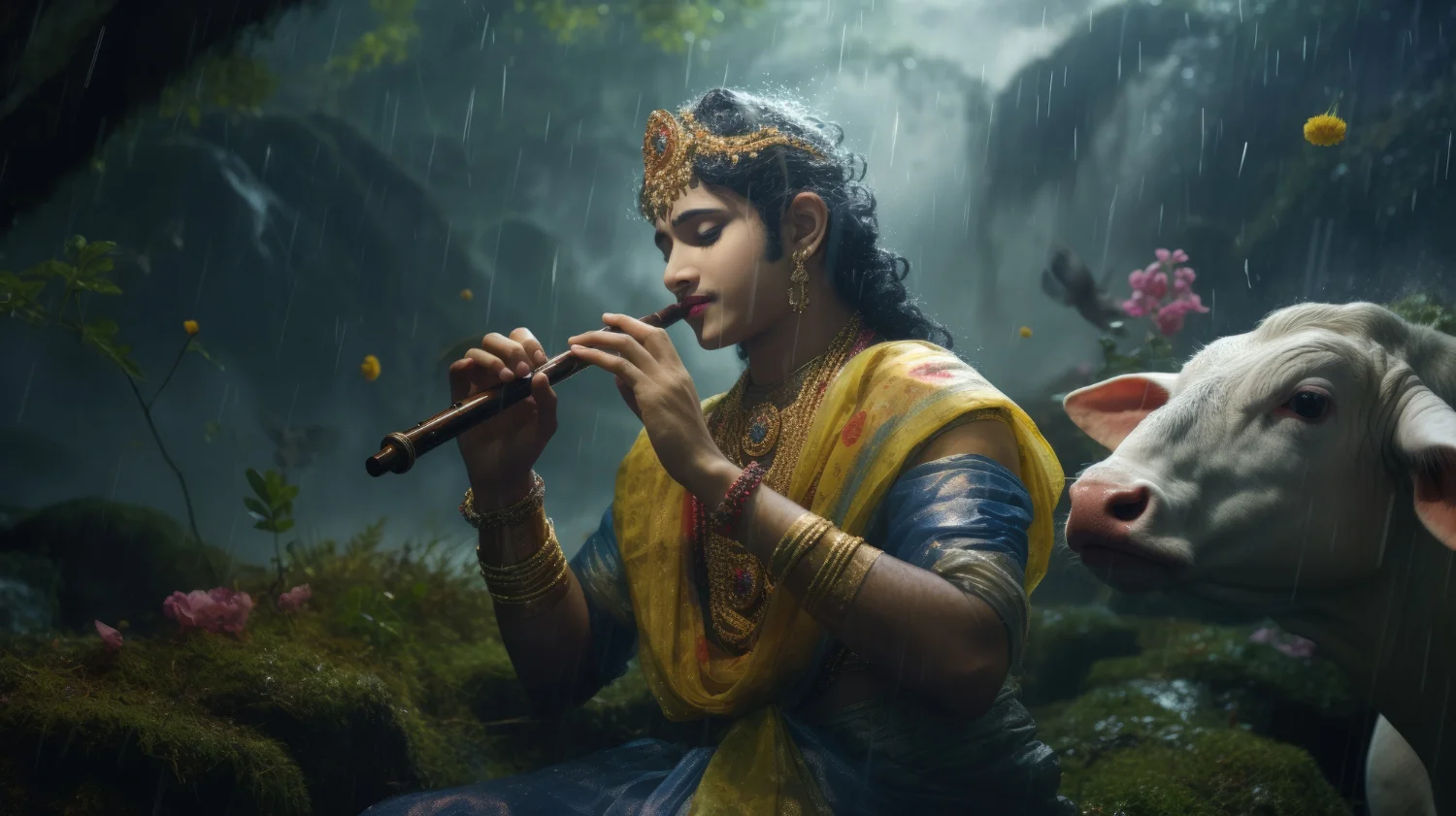
इसके बोल इतने आसान और मधुर हैं कि छोटे बच्चे भी जल्दी से सीख जाते हैं और बड़े भी इसे सुनते ही भगवान के करीब महसूस करते हैं। मंदिरों में, घरों में और पूजा के समय यह भजन अक्सर गाया जाता है। इसकी धुन और शब्द मिलकर ऐसा माहौल बना देते हैं जिसमें सबको शांति और सुकून महसूस होता है।
श्रीमन नारायण भजन का महत्व
इस भजन का महत्व बहुत गहरा है। यह सिर्फ गाने के लिए गीत नहीं है, बल्कि भगवान विष्णु से जुड़ने का एक सुंदर माध्यम है। जब भक्त पूरे मन और श्रद्धा से Shreeman Narayan Lyrics गाते हैं, तो उन्हें लगता है जैसे भगवान उनकी हर बात सुन रहे हों। यह भजन हमें याद दिलाता है कि भगवान हमेशा अपने भक्तों के साथ खड़े हैं। जीवन की मुश्किल घड़ियों में यह भजन मन को हिम्मत और सहारा देता है।
सामूहिक रूप से गाने का महत्व और भी बढ़ जाता है। जब परिवार या समाज मिलकर यह भजन गाते हैं, तो सबके दिल आपस में जुड़ जाते हैं। इससे रिश्तों में प्यार और अपनापन आता है। यही कारण है कि यह भजन हर पूजा और समारोह का खास हिस्सा बन चुका है।
श्रीमन नारायण भजन के लाभ
- मन को शांति मिलती है – इस भजन को सुनने या गाने से तनाव और बेचैनी कम होती है।
- सकारात्मकता बढ़ती है – जहां भी यह भजन गाया जाता है वहां माहौल पवित्र और अच्छा हो जाता है।
- भक्ति का भाव गहरा होता है – भगवान विष्णु के प्रति आस्था और विश्वास मजबूत होते हैं।
- हिम्मत और धैर्य मिलता है – कठिन समय में यह भजन आत्मबल और सहारा देता है।
- रिश्ते मजबूत होते हैं – मिलकर गाने से परिवार और समाज में एकता और प्यार बढ़ता है।
निष्कर्ष
Shreeman Narayana Lyrics सिर्फ एक भजन नहीं, बल्कि भगवान विष्णु से जुड़ने का सरल और सुंदर तरीका है। इसे सुनते या गाते ही मन में भक्ति का भाव आता है और दिल को शांति मिलती है। इस भजन के बोल बहुत आसान हैं, इसलिए हर उम्र के लोग इसे गा सकते हैं। बच्चे इसे जल्दी याद कर लेते हैं और बड़े इसे गाकर अपने जीवन में सकारात्मकता और सुकून महसूस करते हैं।
इस भजन का सबसे बड़ा महत्व यही है कि यह हमें भरोसा दिलाता है कि भगवान हमेशा हमारे साथ हैं। चाहे परिस्थिति कितनी भी कठिन क्यों न हो, अगर हम भगवान विष्णु को याद करते रहें तो हमें आगे बढ़ने की ताकत मिलती है। यही वजह है कि मंदिरों और घरों में इसे बार-बार गाया जाता है।
सामूहिक रूप से इस भजन को गाने का आनंद और भी खास है। जब परिवार या समाज एक साथ बैठकर इसे गाते हैं, तो न सिर्फ भगवान की कृपा मिलती है बल्कि आपसी प्यार और अपनापन भी बढ़ता है। सच में, Shreeman Narayana Lyrics हर भक्त के जीवन में शांति और शक्ति लाने वाला है।
